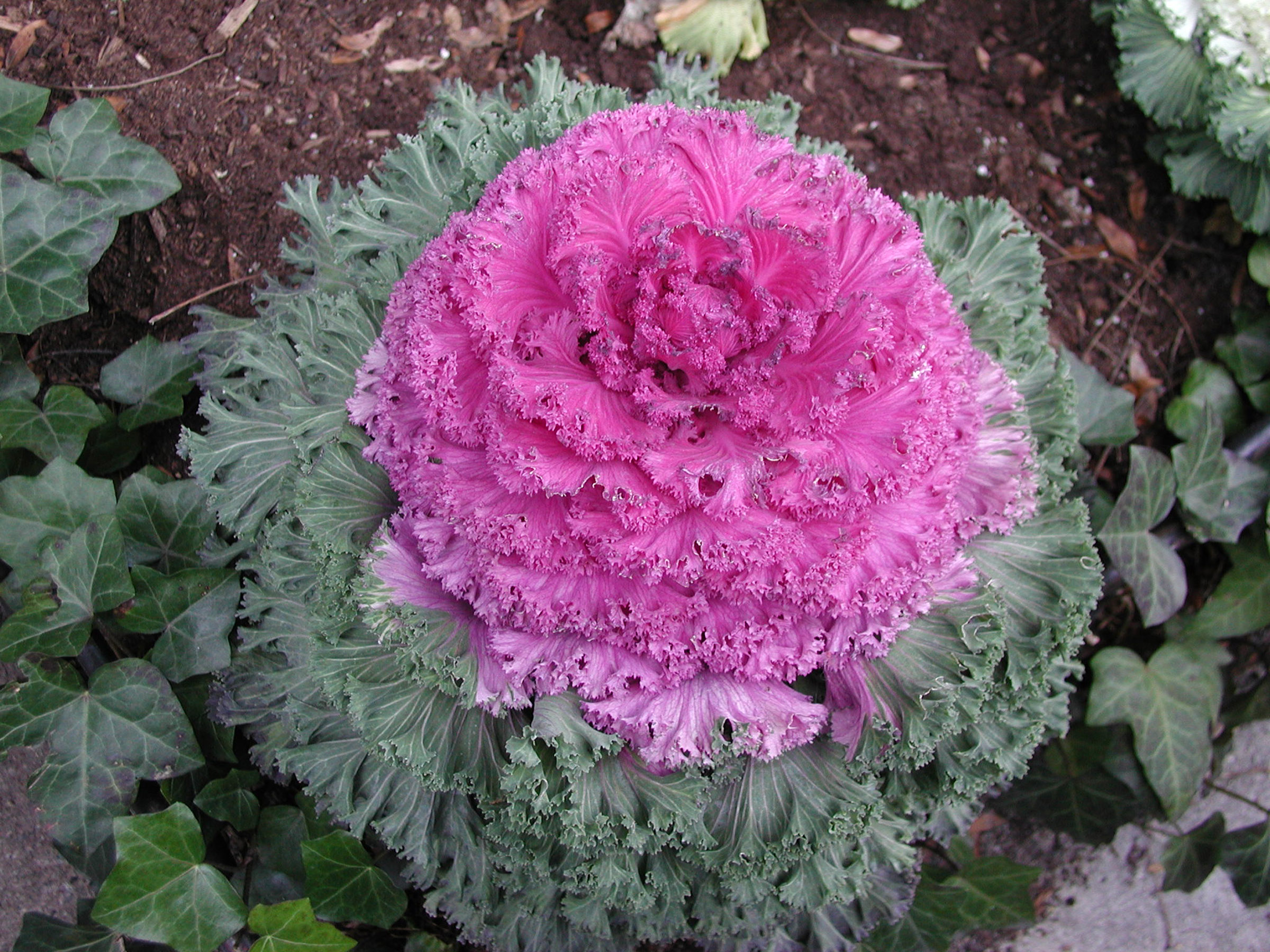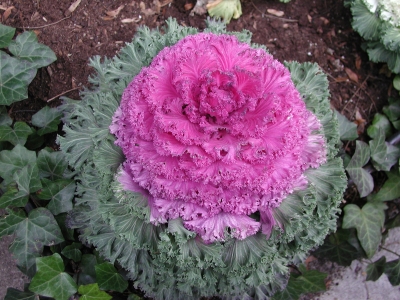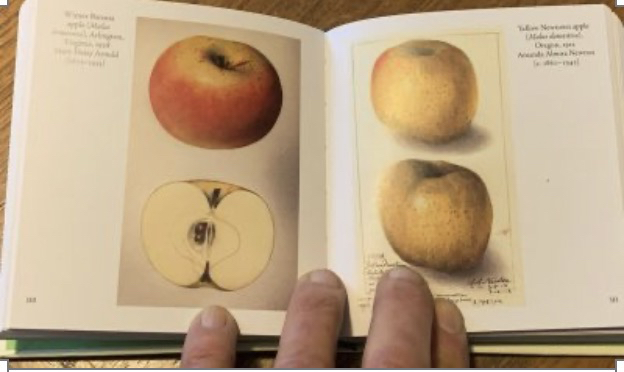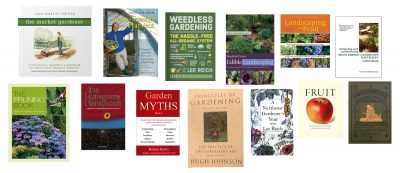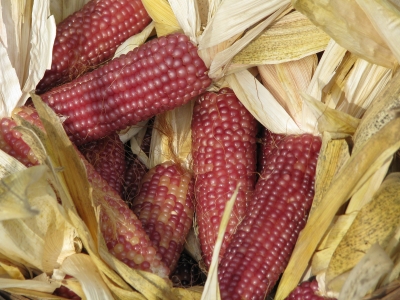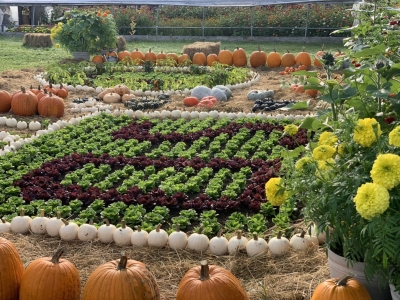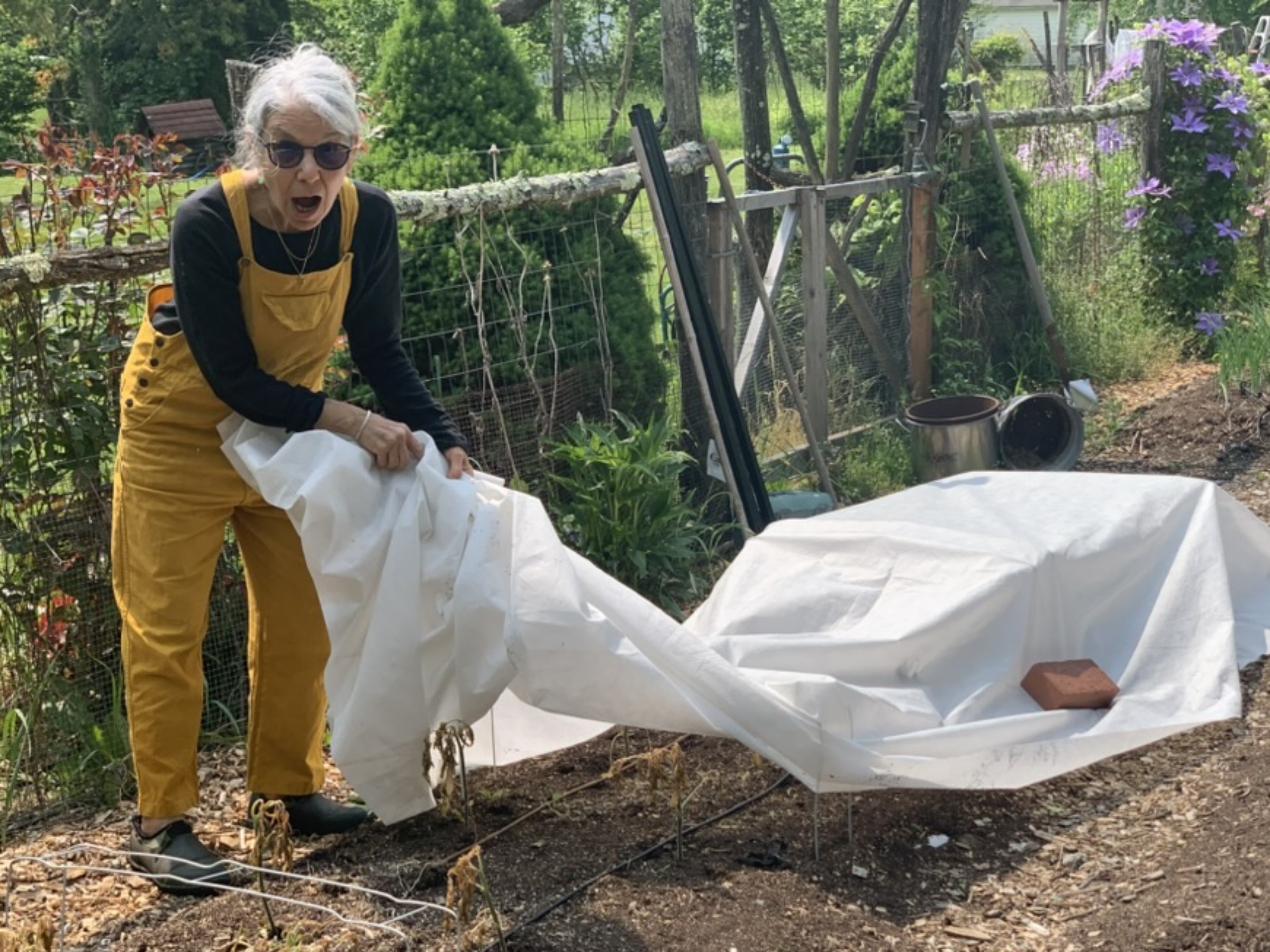CLEAN APPLES, EDIBLE APPLES
Popular Though They May Be . . .
Apples may be a common fruit, second worldwide and in the U.S., bested only by bananas, but they surely are not the easiest ones to grow. At least not over much of this country east of the Rocky Mountains, and here on my farmden. Throughout this area, insects and diseases are ready to pounce on virtually every unsuspecting apple tree.
Pesticides will control these pests but, if needed, are effective only if used rigorously: trees must be regularly and thoroughly doused with the correct material, used at the correct concentration, and applied at the correct times. No wonder the average gardener is daunted at the thought of growing apples!
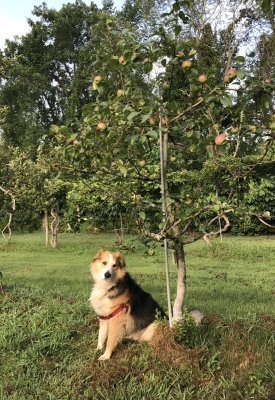
Dwarf Liberty apple tree & Sammy
The prospects for backyard apples, organic apples, even in pest-prone regions brightened a few decades ago. Not all apple varieties are equally susceptible to diseases, and apple breeders went to work. Read more

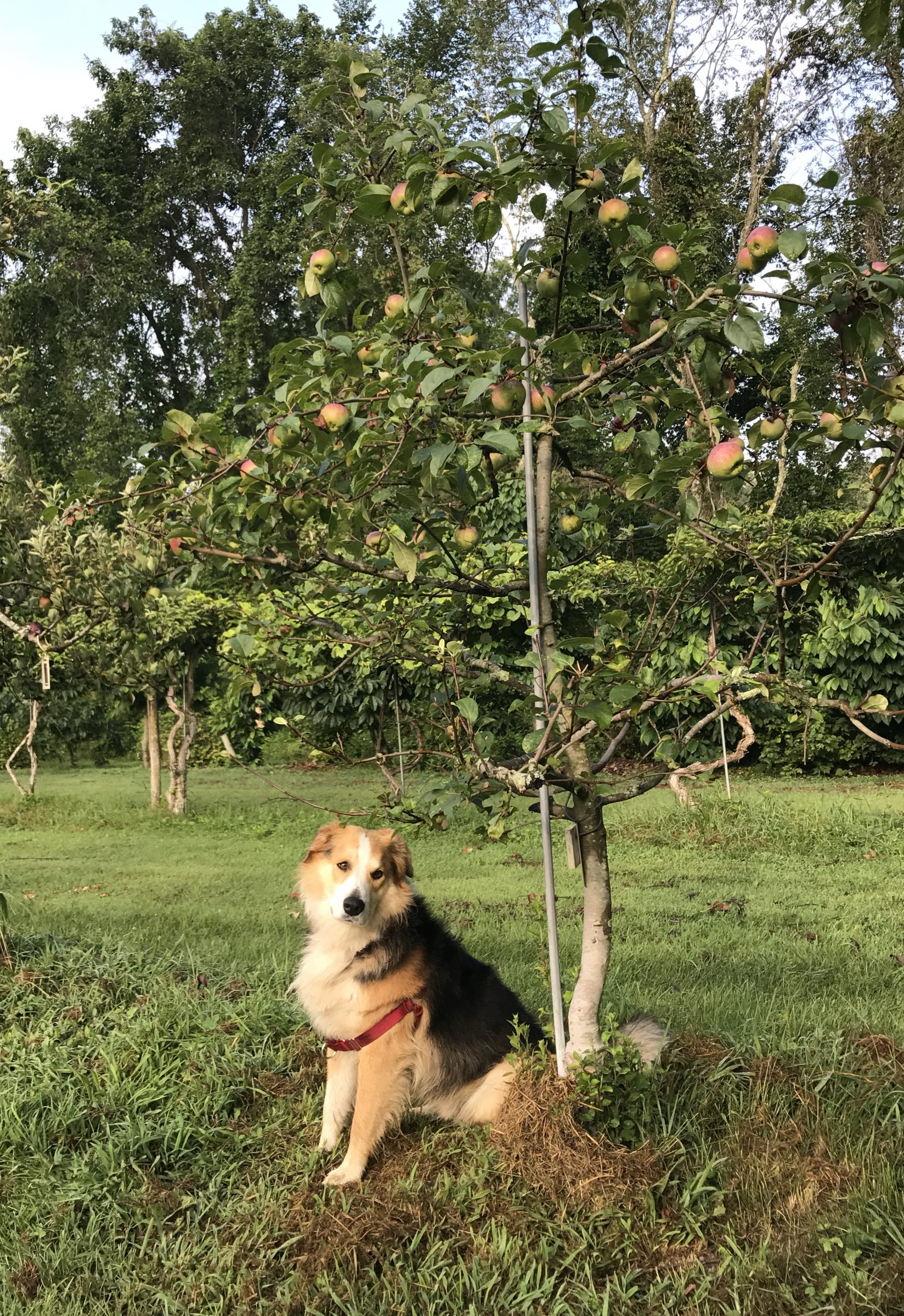

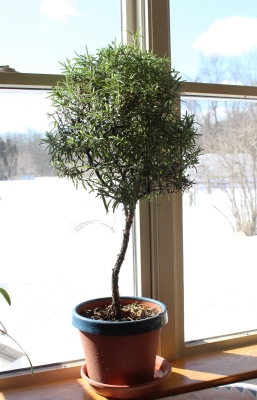
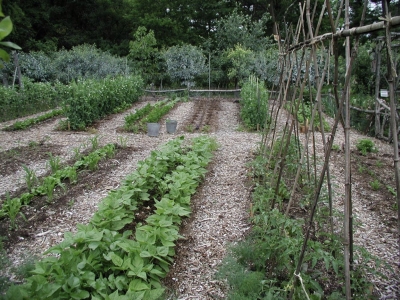
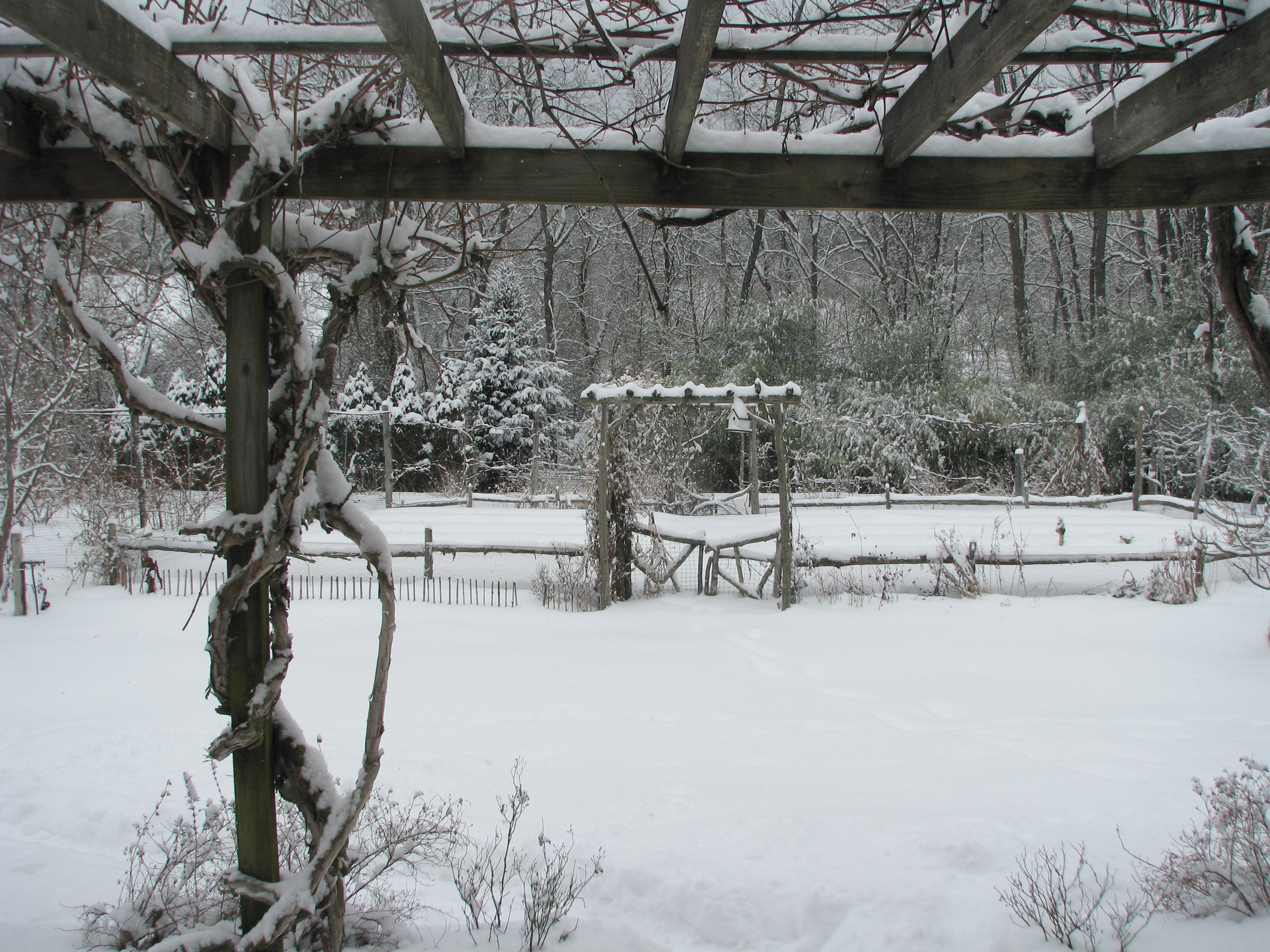
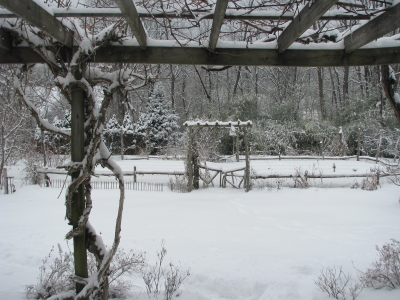 I have effected a relationship between my yard and my house by building a grape arbor out from the rear wall, then enclosing the ground beneath this arbor with a brick terrace (my house is also brick) edged with a low hedge of potentilla. Similarly, the stone wall supporting what previous were slopes at the front and side of my house flow into the landscape with a contiguous stone wall sweeping out across the yard.
I have effected a relationship between my yard and my house by building a grape arbor out from the rear wall, then enclosing the ground beneath this arbor with a brick terrace (my house is also brick) edged with a low hedge of potentilla. Similarly, the stone wall supporting what previous were slopes at the front and side of my house flow into the landscape with a contiguous stone wall sweeping out across the yard. 
